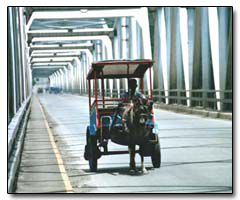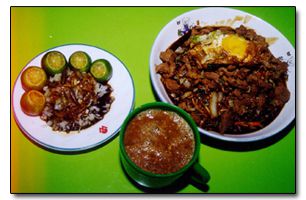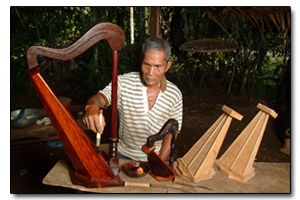More Than the Ordinary
No matter when you come to visit Cagayan, you will find some new interesting out-of-the-ordinary things.
Visit the various "horno" (kiln) sites in Tuguegarao, Piat, Camalaniugan, and Rizal, which were used to manufacture bricks for construction of churches around the province (the religious and social focal points during the Spanish era). Today they are no longer used, but the old churches still standing today bear witness to the materials quality'as well as to architectural traditions.
You may still come across an old Ybanag custom where some local living masters chant the verso, an oral literary tradition, accompanied by the kuribao, a native bamboo musical instrument.
In summer or after harvest time, you may witness lively ceremonies during Ybanag weddings, such as the maskota, a fun-filled community dance where the bride, groom, relatives and guests dance as a way to pitch in their gifts.
Your experience will not be complete without tasting the local "pansit" (fried noodles) with your choice of toppings. There are many pansiterias (noodle houses or counters) which serve pansit with many combinations of toppings, such as ground pork, corned beef, shrimp, quail eggs, and so on.Try the special bali-patong, Cabagan or Tumauini noodles, with egg soup.
Take a leisurely joy ride around Tuguegarao city on a "calesa" (horse-drawn vehicle) which seats 6 to 10 people (and which uses actual mag-wheel tires!).
Pansit Batil Patong, Tuguegarao City
For a glimpse of craftsmanship from olden times, see the blacksmithing work still being done in Larion Bajo, Tuguegarao where the sounds of hammers on metal can be heard from early morning. Or visit the pottery makers in Iguig who work on the clay pieces with their hands.
To see where it all began, drop by the Provincial Museum at the Capitol of Tuguegarao or other local museums to see artifacts of ancient stone tools, ornaments and pottery which show that pre-historic people who lived in the Cagayan area had already a settled way of life.
